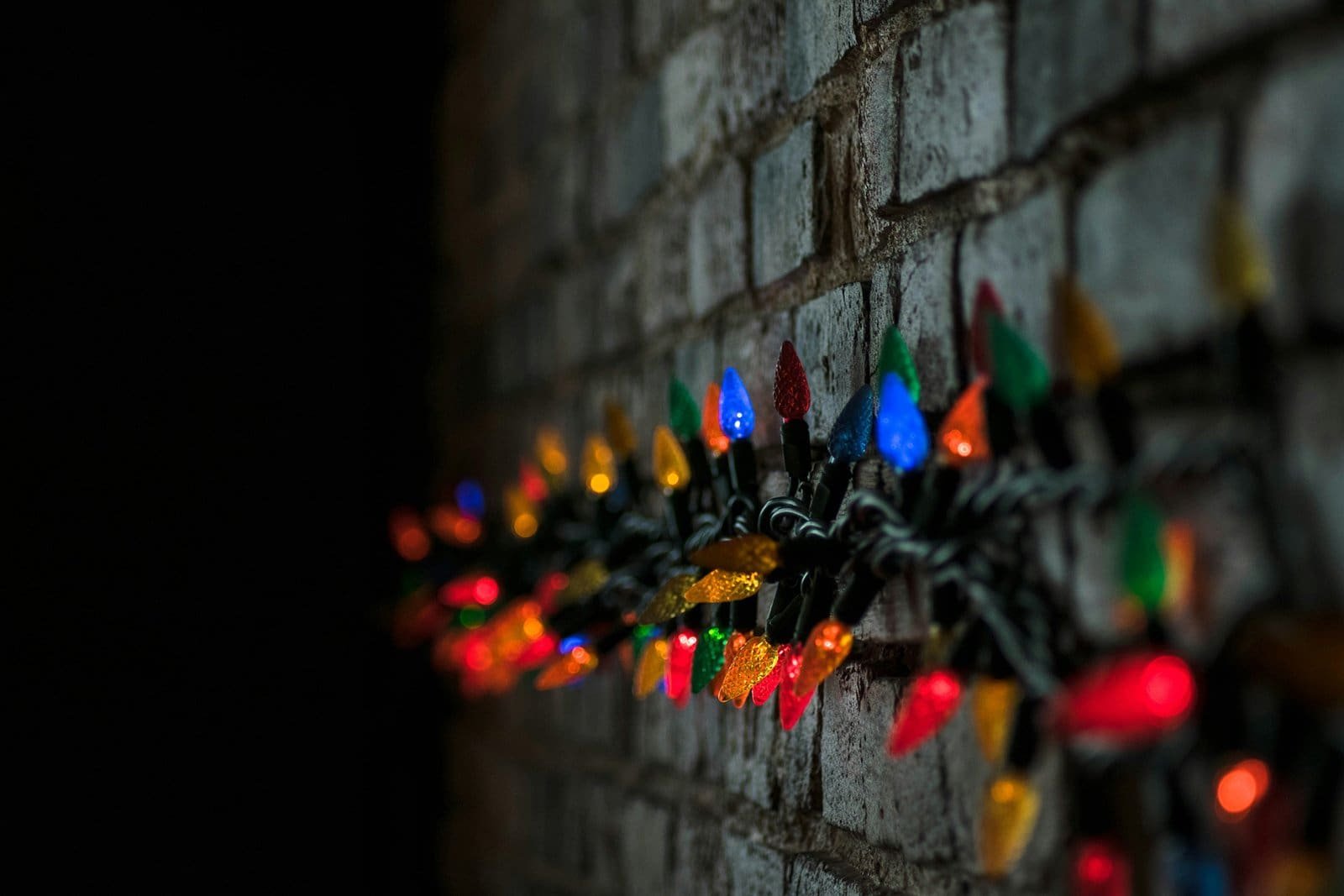When you think of Christmas, chances are you picture twinkling lights, festive feasts, and cheerful carols. But not every tradition embraces the warmth and joy of the holiday season. Across the globe, myths and legends tell of dark, fearsome creatures that stalk the winter nights, doling out punishment—or worse—to those who fail to live by holiday virtues. Welcome to the world of Dark Christmas, where seasonal monsters bring a chilling twist to holiday folklore.
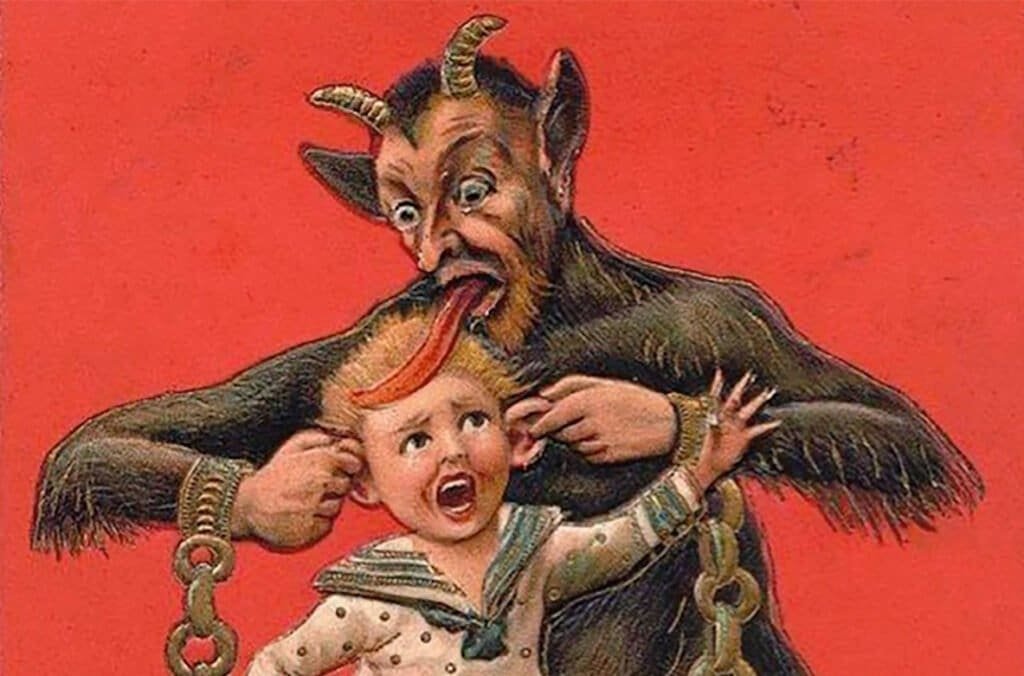
Meet the Seasonal Monsters of Myth and Legend
1. Krampus (Austria and Central Europe)
Perhaps the most infamous of the Christmas monsters, Krampus is the horned, hoofed foil to Saint Nicholas. This terrifying figure carries a bundle of birch sticks—or sometimes a chain—and punishes naughty children while Saint Nicholas rewards the good ones. Often depicted with a grotesque, devil-like appearance, Krampus embodies the punitive side of Christmas, reminding us that the season isn’t just about gifts and indulgence.
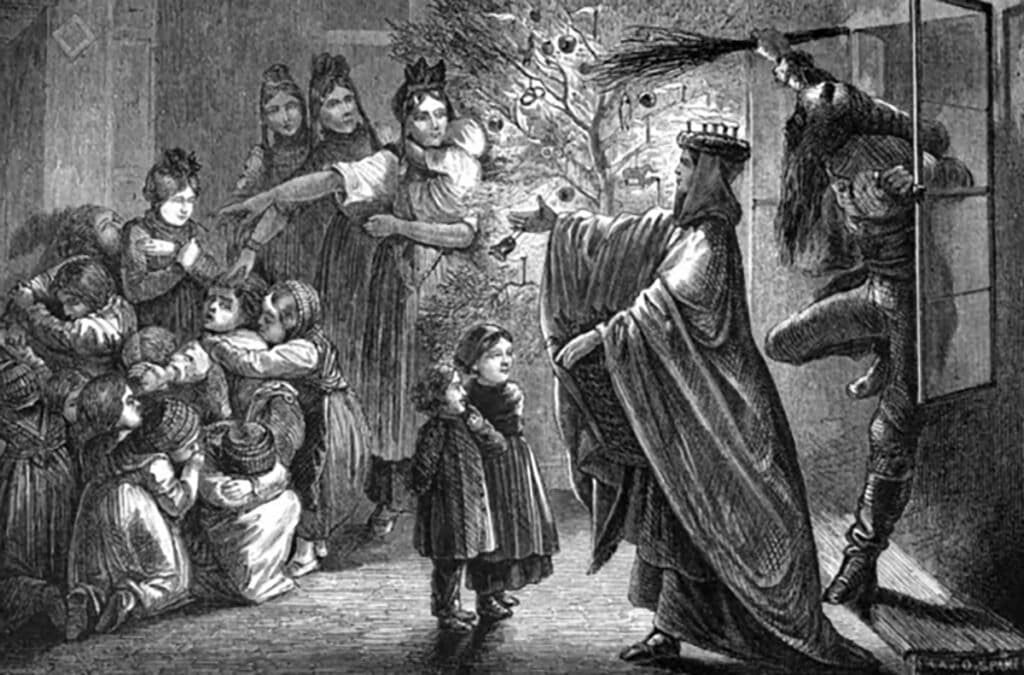
2. Lussi (Norway)
Lussi is a fearsome being from Norwegian folklore, said to roam during Lussinatta, the darkest night of the year (December 13). A cruel and watchful spirit, Lussi punishes those who flout traditions, such as failing to complete their winter preparations or misbehaving during the season. Her arrival marks a warning to prepare for the darkest days, both literally and figuratively.
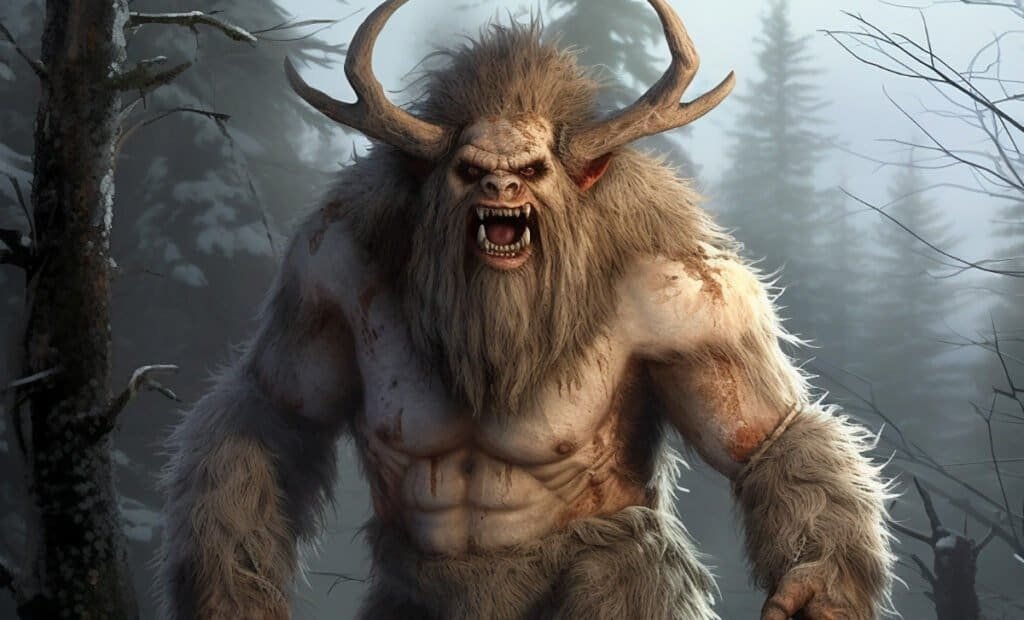
3. The Karakoncolos (Bulgaria, Turkey, and Serbia)
The Karakoncolos is a goblin-like creature that comes out during the 12 days of Christmas, also known as the “Unbaptized Days.” Often described as hairy and menacing, this creature is said to trick travelers out in the cold with riddles. Answer incorrectly, and you’re met with dire consequences. The Karakoncolos represents a warning against wandering out unprepared into the harsh winter nights.
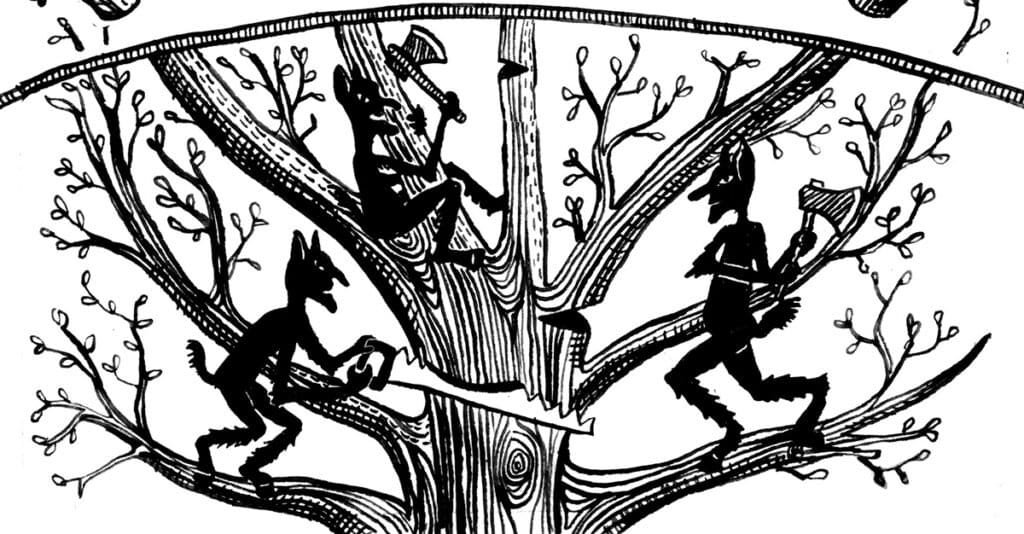
4. The Kallikantzaroi (Greece)
These mischievous goblins are said to dwell underground for most of the year, only emerging during the Christmas season to wreak havoc. The Kallikantzaroi cause chaos in households by spoiling food and breaking furniture, embodying the disruptive yet playful forces of the season. Greek traditions involve various rituals to ward off these creatures, such as keeping a fire burning to scare them away.
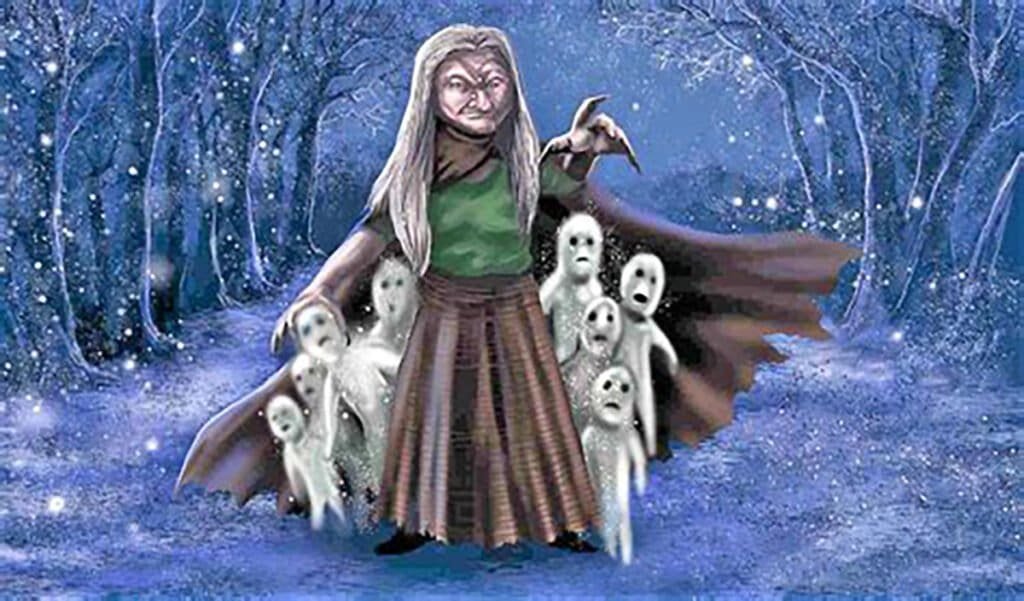
5. Frau Perchta (Austria and parts of Germany and Italy)
Frau Perchta, also known as the Belly-Slitter, is one of the darker figures in holiday folklore. She is said to visit homes during the 12 days of Christmas to ensure that households are clean and that children and servants have completed their tasks. Those who fail to meet her standards are rumored to face her wrath, with tales of her slitting open the stomachs of her victims and replacing their insides with straw or stones.
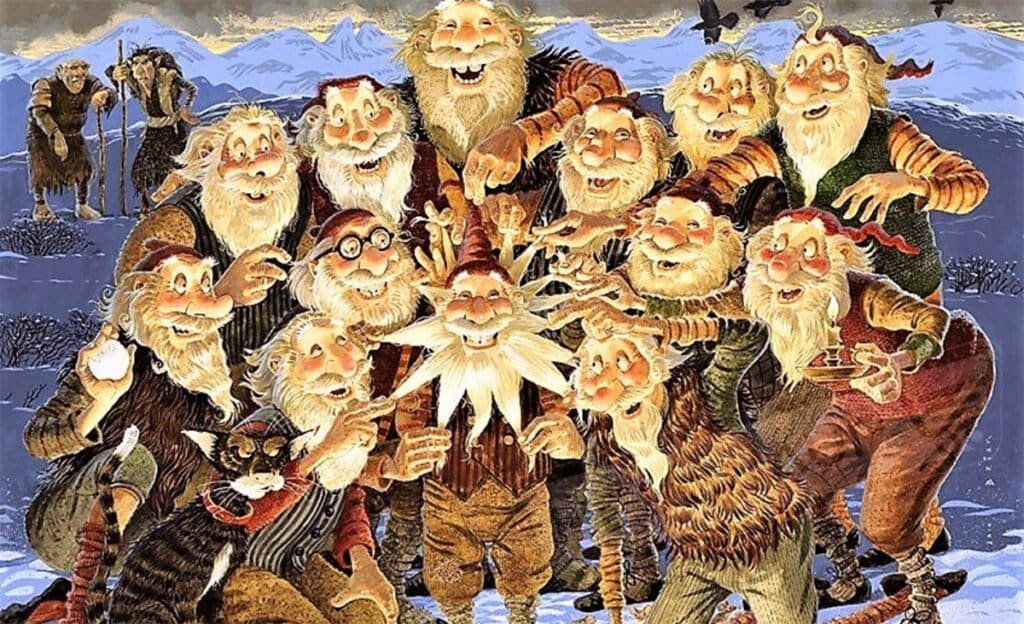
6. The Yule Lads (Iceland)
While the Yule Lads may sound playful compared to others on this list, their origins are far darker than the modern depiction of quirky troublemakers. Originally, the 13 Yule Lads were mischievous and even terrifying figures who would come down from the mountains to cause havoc in Icelandic households. Today, their antics are watered down, with each figure taking on a humorous and child-friendly persona.
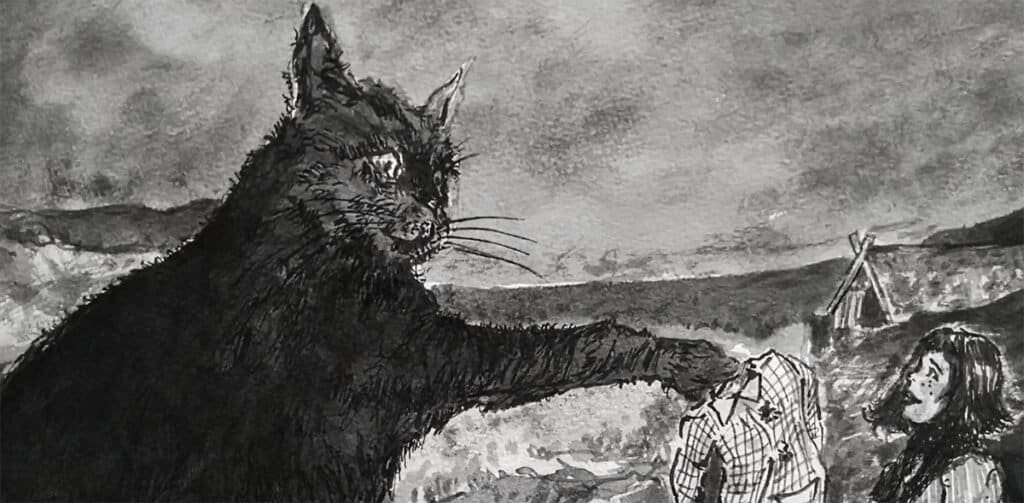
7. Jólakötturinn (The Christmas Cat) (Iceland)
The Christmas Cat, or Jólakötturinn, is a giant feline from Icelandic folklore. This enormous, fearsome creature prowls the countryside, preying on those who don’t receive new clothes for Christmas. The legend was often used as a ploy to encourage children to finish chores, ensuring they’d be rewarded with the essential gift of clothing—and avoid becoming the Christmas Cat’s next meal.
Common Themes and Unique Traits
Examining these seasonal monsters reveals a few common threads woven through the folklore. Many of these creatures are connected to the 12 days of Christmas or other winter solstice festivals, a time believed to be liminal when the boundary between the physical and spiritual worlds is thin.
Some, like Krampus and Frau Perchta, enforce morality or winter preparedness, reminding listeners (often children) to stay virtuous during the season. Others, like the Kallikantzaroi and Yule Lads, add mischief and chaos to the otherwise orderly world of Christmas.
Yet these stories are also deeply tied to local culture and geography. The Jólakötturinn reflects Icelandic values, where warm clothing and resourcefulness were essential for survival during long winters. Lussi’s warnings highlight the reverence for light and preparation in Norway’s dark, cold landscapes.
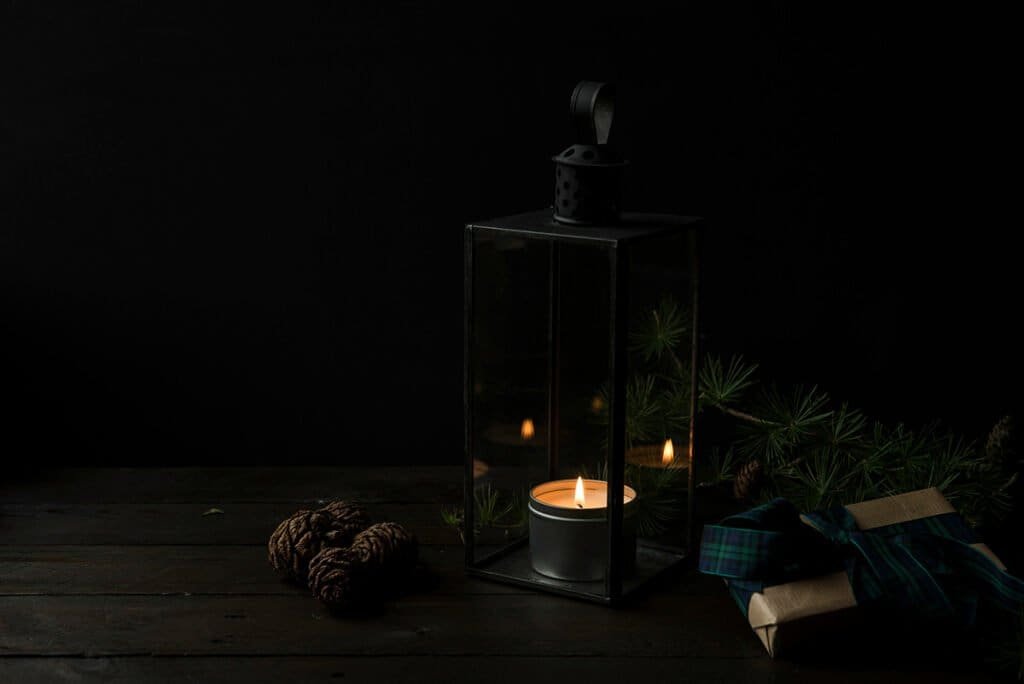
Why We’re Drawn to Dark Christmas Folklore
Why do stories of terrifying creatures persist, even during the season designed for jolliness and goodwill? The enduring appeal of holiday folklore—especially its darker elements—may lie in its duality. The balance of light and dark, reward and punishment, comfort and fear mirrors the complexities of life that even festive celebrations cannot fully escape.
These tales also offer a deeper connection to our cultural heritage. They remind us of how our ancestors coped with the darkest days of the year, where light and warmth were treasured and survival was never guaranteed. While we may not fear the Christmas Cat or Frau Perchta today, these legends still capture the imagination, blending eerie thrills with tradition.
Explore the Lesser-Known Side of the Holidays
This year, as you sip your eggnog or gather around the fire, take a moment to appreciate the seasonal monsters that have roamed holiday folklore for centuries. Their stories add depth, nostalgia, and a touch of spine-tingling excitement to the season we often associate solely with joy and light.
Want to dig deeper into the captivating world of Dark Christmas mythology? Grab a book on folklore, or better yet, share these tales with family and friends to keep the tradition alive. After all, what’s a holiday celebration without a little mystery and magic?
Happy Holidays—watch out for Krampus!


